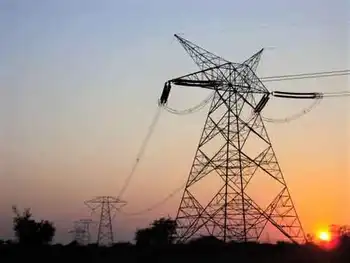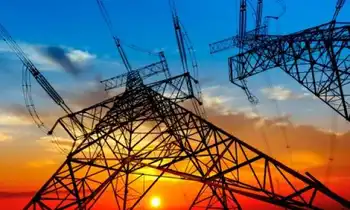Ford, Microsoft to work on EV charging
By The Independent
Substation Relay Protection Training
Our customized live online or in‑person group training can be delivered to your staff at your location.

- Live Online
- 12 hours Instructor-led
- Group Training Available
The companies said at the New York International Auto Show that this is the beginning of a smart system that will help utilities and customers manage energy costs and electrical generating capacity.
The system would start with the allelectric Ford Focus compact car that is scheduled to go on sale late in 2011. Called Microsoft Hohm, it will allow utilities to vary electric rates based on the time of day. A computer would determine the best time to recharge the car at the lowest cost and the least burden on the utilitys generating system.
Charging an electric car can double the energy used at a home, and utilities worry about the increased burden on their power generators. But charging the cars late at night, when appliances and other big electricity users arent working, can help manage the load.
The companies have time to work out details of exactly how the system will work, figuring out electric rates and loads on generating systems, said Derrick Kuzak, Fords global product development chief. Microsoft already has computer nodes for home thermostats and appliances to manage electricity use, he said.
Were doing a lot to bring vehicles to market, but there has to be a lot of other work done from both a consumer and utility perspective to make this viable and affordable, Kuzak said in an interview.
The system eventually will lead to homeowners being able to use their cars to power home appliances and cut costs at peak electricity use times, Ford CEO Alan Mulally said.
As the batteries get more capable, well be able to store the electricity and then actually start to move the electricity around to where you really need it, he said.
Ford says the software to charge the cars will be included at no additional cost.
Ford and Microsoft are not the first to start such an effort. Many utilities and other companies have been working on smart home technology for several years.
In 2008, General Motors Corp. joined with more than 30 utility companies across the U.S. to help work out electric use issues when rechargeable cars start showing up in large numbers. GM plans to begin selling the Chevrolet Volt rechargeable car in late 2010.
Besides the electric Focus, Ford plans to begin selling an allelectric Transit Connect small commercial van this year. Its plans include offering a total of five new electric or gaselectric hybrid vehicles in North America and Europe by 2013.











